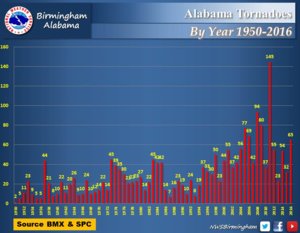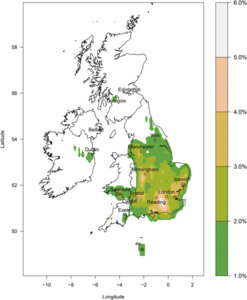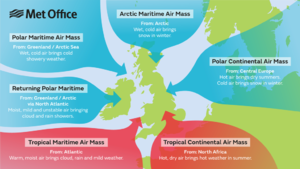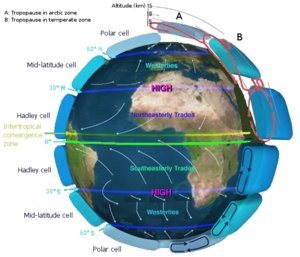Glen Heinz
EF0
Do you think there are real Tornado magnets? More myth then urban legend? Chime in, your thoughts are worthy...
Scientists study why Sand Mountain is tornado magnet.
http://www.timesfreepress.com/news/...ts-study-why-sand-mountatornado-magne/422047/
Scientists study why Sand Mountain is tornado magnet.
http://www.timesfreepress.com/news/...ts-study-why-sand-mountatornado-magne/422047/




